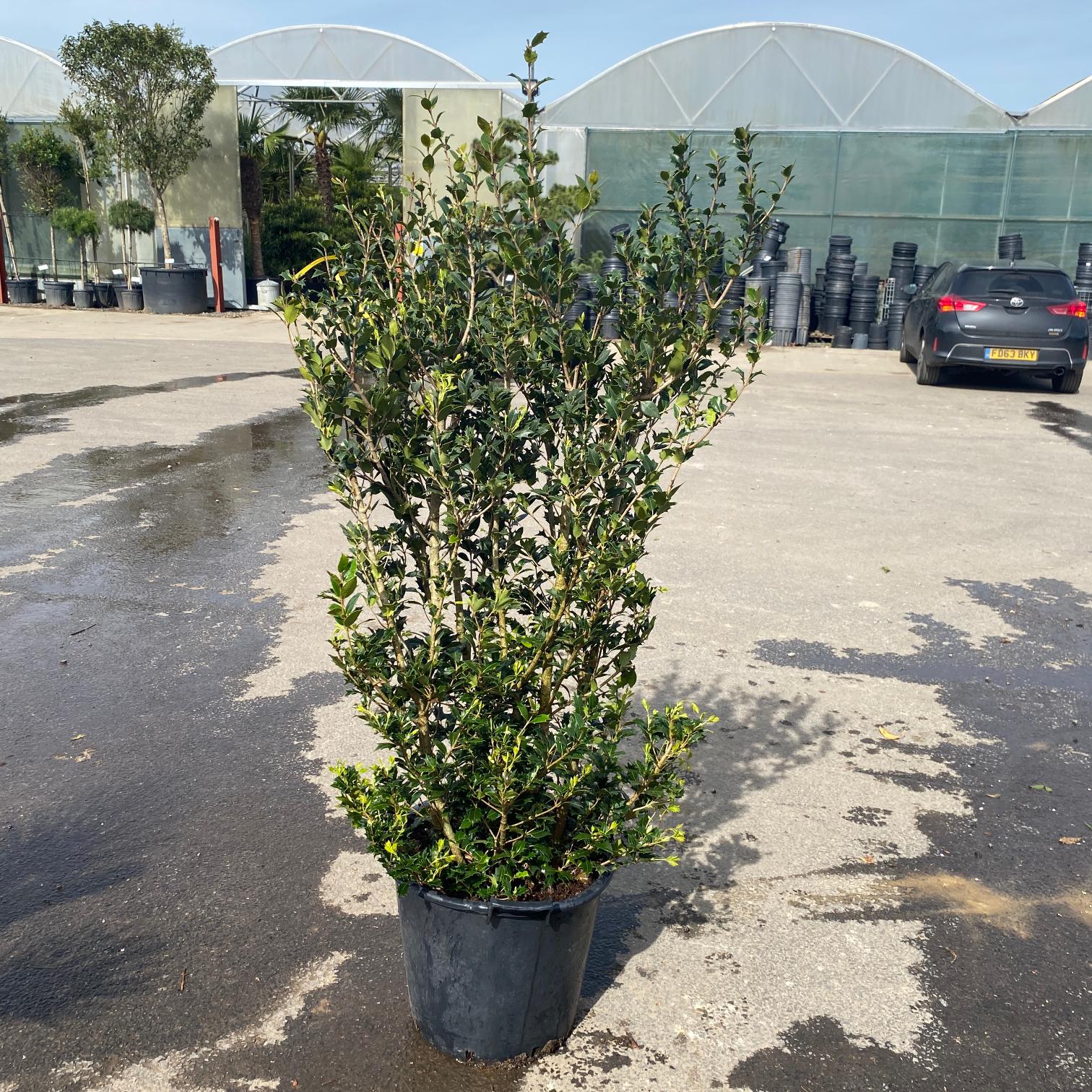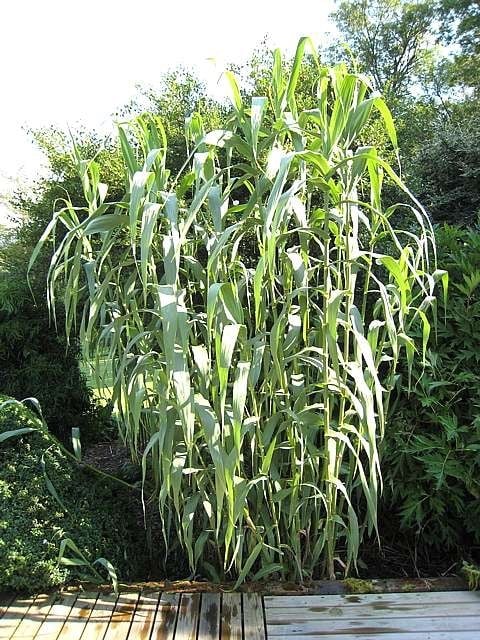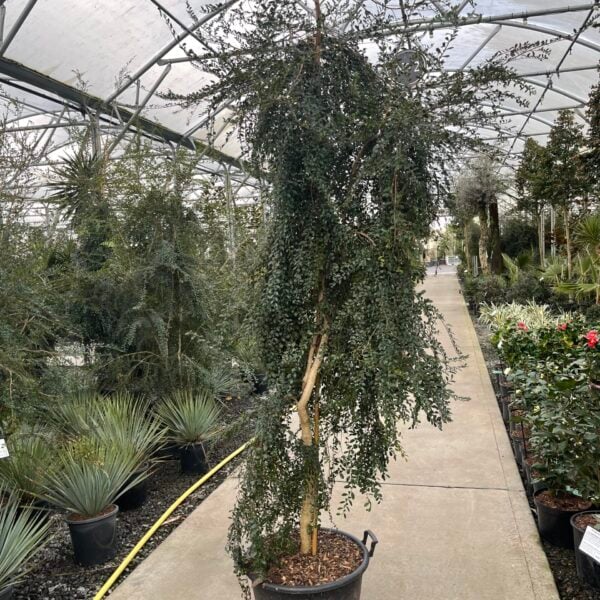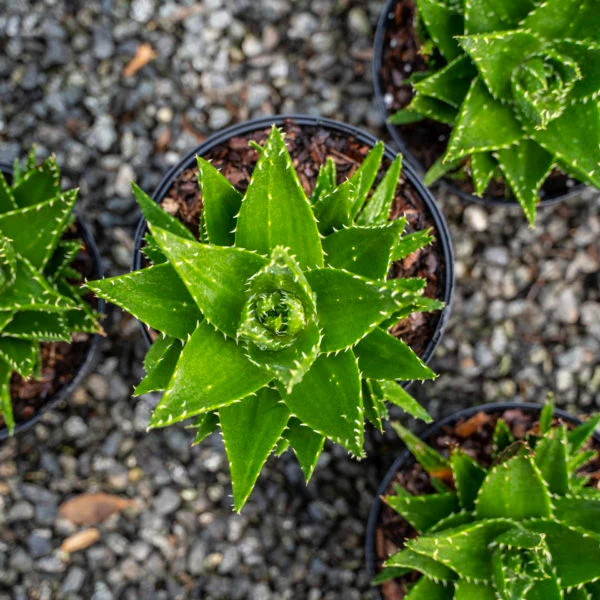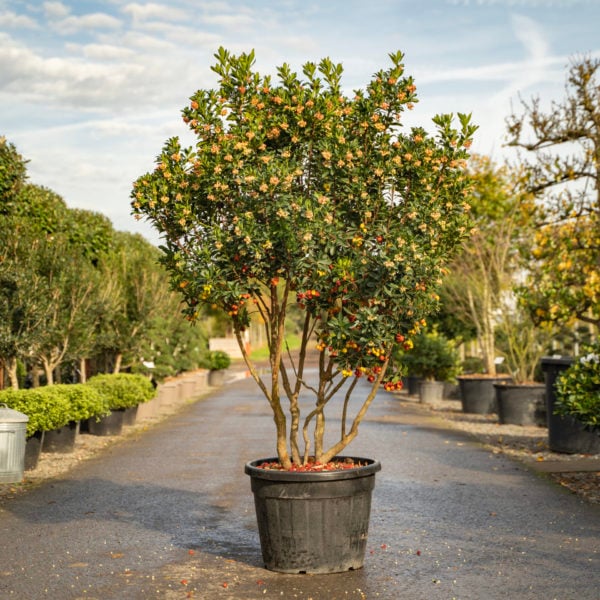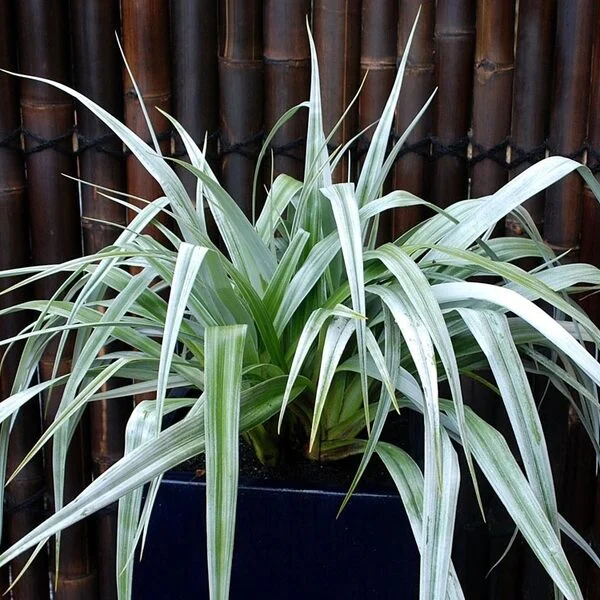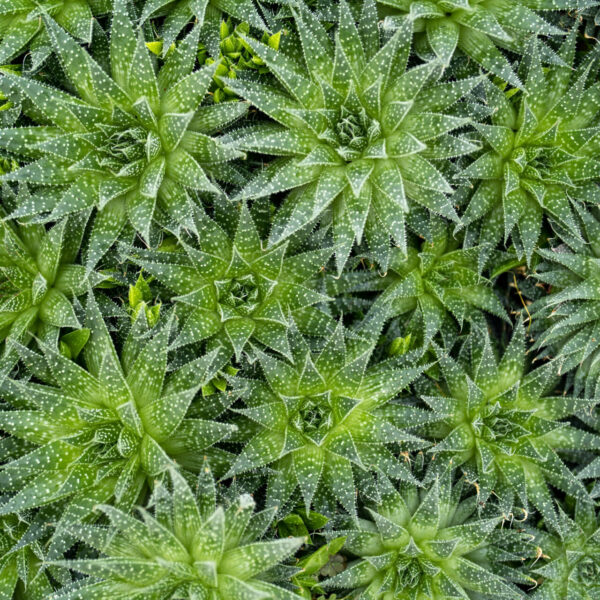Osmanthus heterophyllus – Hedging
From 25.50 incl. VAT
The virtues of Osmanthus heterophyllus are many and varied: low-maintenance, evergreen, adaptable, hardy in most locations and managing to be pleasing to the eye…and nose. Thick foliage and a dense habit give this shrub proper gravity and presence in the garden and for hedging it is sublime.

Hardiness level Amber
The virtues of Osmanthus heterophyllus are many and varied: low-maintenance, evergreen, adaptable, hardy in most locations and managing to be pleasing to the eye…and nose. Thick foliage and a dense habit give this shrub proper gravity and presence in the garden and for hedging it is sublime. Dark and glossy, the small leaves are finely-textured and the plant is a superb backdrop and foil for other plants to parade against. It has a richness that’s sort of glutinous: a well-clipped hedge of osmanthus is as shiny and sticky as a wodge of fruitcake and is a delicious choice for defining edges and dividing spaces. These ones are grown with one job in mind: creating a dense, substantial and almost-instant hedge without waiting too long. Great if you’re too impatient for Yew. Plus, the white tubular four-petalled flowers in autumn are sweetly-scented and will fill your garden with delicate fragrance. A really hard-working plant with year-round interest that is unfussy about soil or aspect, and great for coastal gardens as it tolerates salty air.
The Osmanthus Family
An evergreen flowering shrub familiar to many, and for jolly good reason. Tough and adaptable to a variety of aspects and soils and easily clipped into tight little shapes or left to form its own gently-rounded dome of pretty little dark green leaves, sharp-toothed like miniature Hollies, up to 2.5 metres or so high, and with a soft texture that complements bigger-leaved and more coarsely-textured neighbours. Sweetly-scented white flowers will pepper the plant in autumn. The density of growth and general hardiness of these shrubs lends them well to hedging, but we think that planting a specimen (or several) for year-round interest is the perfect way to bring a sense of maturity into new gardens and fine-textured structure into established ones: they’re so versatile. Their height and spread can be controlled with gentle pruning and they don’t seem to mind this at all. Any reasonably well-drained soil in an open but not unduly exposed position will suit them, and Osmanthus does very well in pots, probably better than many. A fine specimen sat in a pot for at least 20 years in Campo Santo Stephano near St Mark's in Venice.
N.B. When clipping several plants with the same tool, have a bucket containing a 5% bleach solution and swish your blades around for 30 seconds between plants to sterilise them. This will help avoid the chance of cross contamination of disease.
As with all woody plants, plant high, exposing as much of the taper at the base of the trunk as possible. Allowing soil to accumulate round the base of a tree can be fatal. Keep very well watered when first planted.
Additional Information |
|
|---|---|
| Size | |
| Soil Type | |
| Light | |
| Plant Type | |
| Continent of Origin | |
| Specialist Plants | |
| Features | |
| Tree Size | |
| Situation | Coastal, Mild City Gardens, Plants for Pots, Sheltered Garden |
| Flower Colour | |
| Hardiness | |






